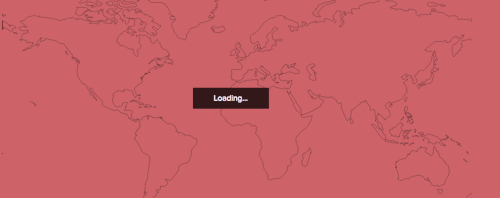What is Socratic's vision for the next few years?
1 Answer
It’s been two years since we started working on Socratic, so I want to take a moment and talk about where we are and where we are headed for the next few years.
The beginning
When my co-founder Shreyans and I met two years ago, we took a careful look at what was happening in the education space and noticed a few things:
- Students would constantly turn to the Internet for help when they were trying to learn something, but what they usually found was unhelpful or unreliable (think Yahoo Answers).
- Most students didn’t have access to a great teacher in all of their subjects, but they increasingly had access to a smartphone and the Internet. Even if a student was lucky enough to have a great teacher in class, that teacher wasn’t sitting next to them 24/7 the way their phone was.
- There were some teachers who were creating high-quality learning content and posting it online, but they were scattered and hard to find. Furthermore, the content they were creating usually wasn’t in the form students were looking for: the answer to a specific question.
This didn’t make sense: the Internet should be doing a better job helping students.
History has shown that a group of people working together on a shared mission can accomplish amazing things online (open source software, Wikipedia, and StackOverflow are all examples of this).
We knew there were a ton of people in the world who cared deeply about students having access to free, high-quality educational content. And it was clear that there was tremendous student demand. But, when we looked online, we didn’t see a place where those people could come together as a community and collaboratively make that a reality.
That’s when we started working on Socratic.
Socratic Today
Today, the Socratic community creates some of the best educational content on the Internet.
Just in the last year, it has helped millions of students in over 180 countries. Thanks to the scaling properties of the Internet, one teacher, Ernest Z , has helped students over 1 million times with his contributions.

By the time students find Socratic, many of them are desperate for help. This means they respond with overwhelming gratitude when they land on an answer that actually helps them learn. Here’s a taste of the hundreds of feedback notes Socratic’s contributors get every day:
The community answers questions in 12 subjects spanning Science, Math, and Social Sciences. We have students from middle school all the way to grad school using the site — and it’s not just students: parents use the site when helping their kids and teachers use it as a resource and for inspiration. We think that’s important so we use the Creative Commons licensing on Socratic so that teachers can use and remix Socratic content for free .
Let’s look to the future
Socratic is off to a good start, but there’s so much more we can do. Socratic’s mission is to make learning easier in every topic, in every subject, in every language.
Our dream is that using Socratic will be like having a great teacher sitting next to you all the time. This teacher will be your learning partner as you progress from elementary school to the day you stop learning (hopefully never).
Whenever you have a question, the teacher will be able to answer it in a clear, easy-to-understand way—and the teacher will never get tired or run out of time, so you can ask as many follow-up questions as you need. Our hope is that in 5 years, this teacher will be so good that students will be able to excel in all their classes without using any resources other than Socratic.
That’s a big goal, and there are a lot of things we need to do to get there. For now, we’re going to focus on expanding the scope of Socratic and making it more accessible. Here are the things we’re going to tackle first:
- We’re going to expand the number of subjects on Socratic. Today, we have twelve. We want to quadruple that over the next two years. We add new subjects based on what our community wants to open next, so make sure to cast your vote here .
- We want Socratic to be accessible to students on all kinds of devices. It’s clear that the next 100 million students who will come online will do so on mobile phones . Mobile phones aren’t just a new device for educational content; they are going to be the learning device . But the specific characteristics of phones (screen size, constant access, social communication) will require different learning experiences than other devices. We want to give students the best, easiest way to learn and get help on their phones.
- We’re going to give the Socratic community better tools to create, collaborate, and improve the content on the site. Everyone in the Socratic community cares about creating content which is actually useful for students, so we’re going to give the community tools to understand exactly what is helpful and what isn’t —down to the paragraph. We believe getting useful feedback is key to becoming a great teacher, and we want to make sure every member of the Socratic community gets useful feedback.
To tackle these next steps, we decided to raise a Series A. When we were looking at potential partners, it was important to us that they really believe in the Socratic community, our long term approach, and the impact we want to have on students everywhere. We’ve found those partners in Shasta Ventures, Spark Capital, and Omidyar Network, who have all invested in community-driven, impact-focused companies in the past.

